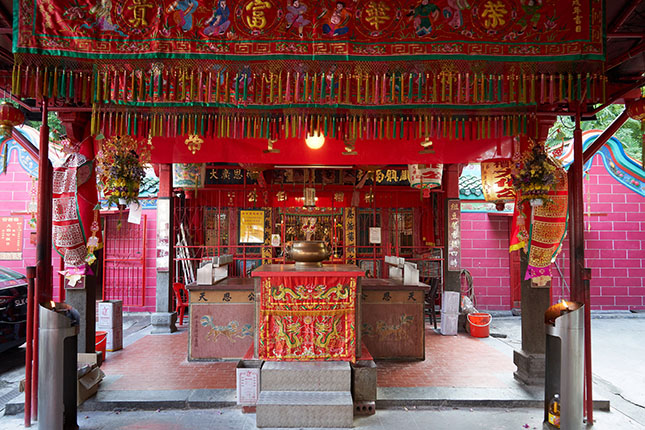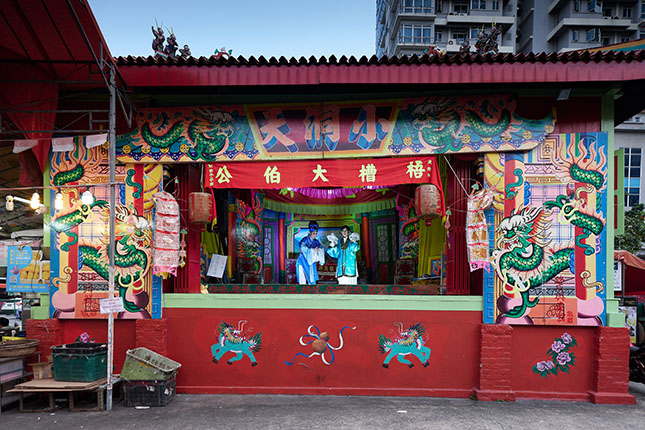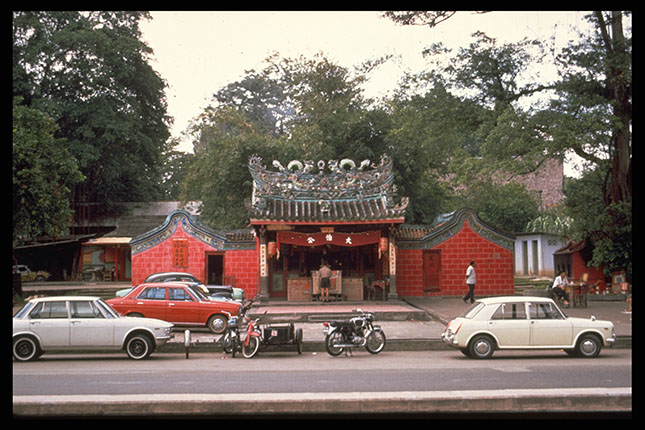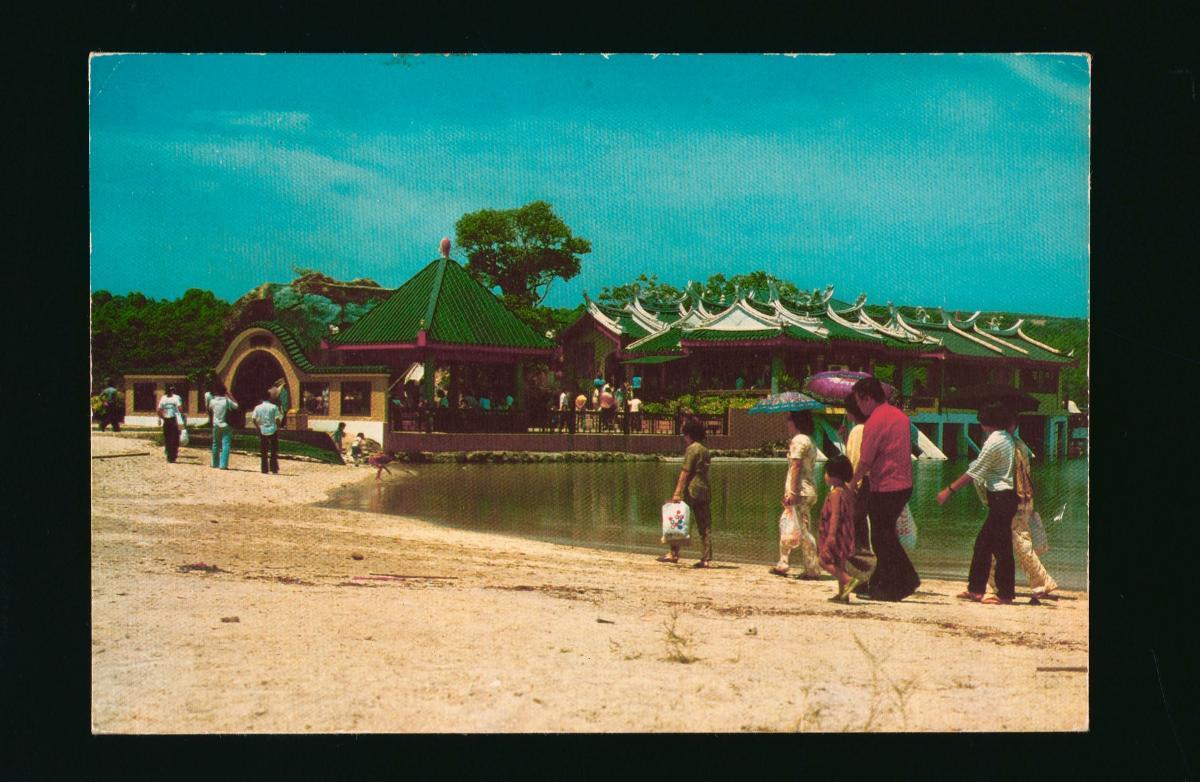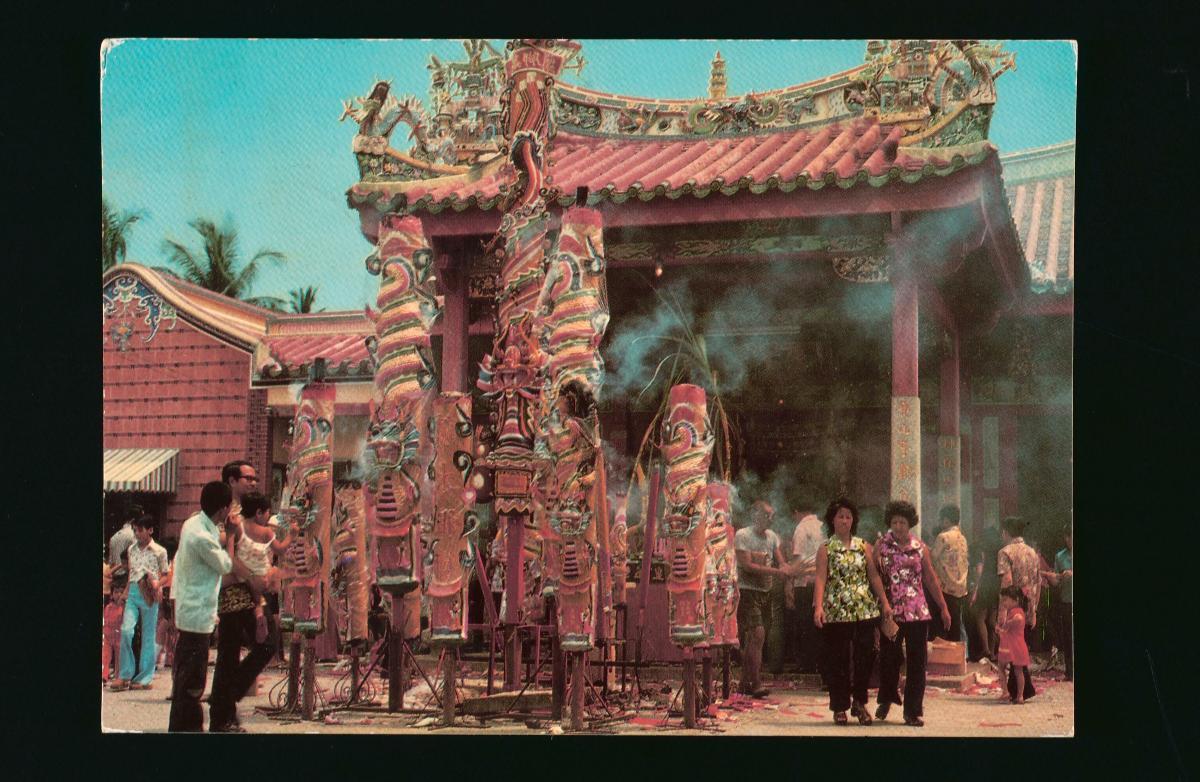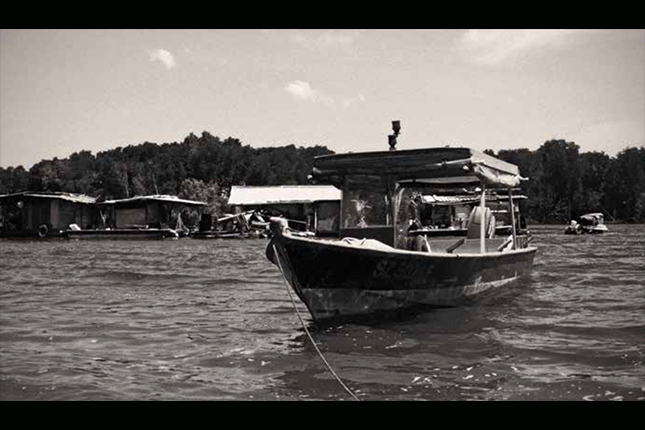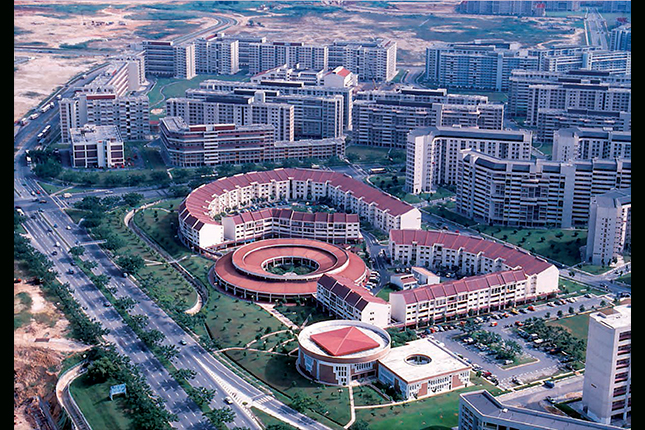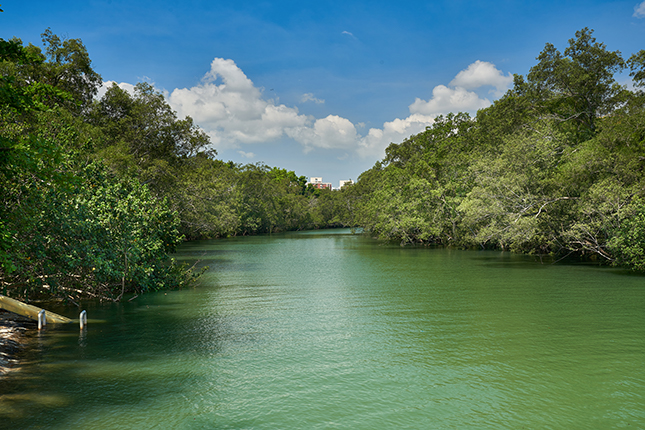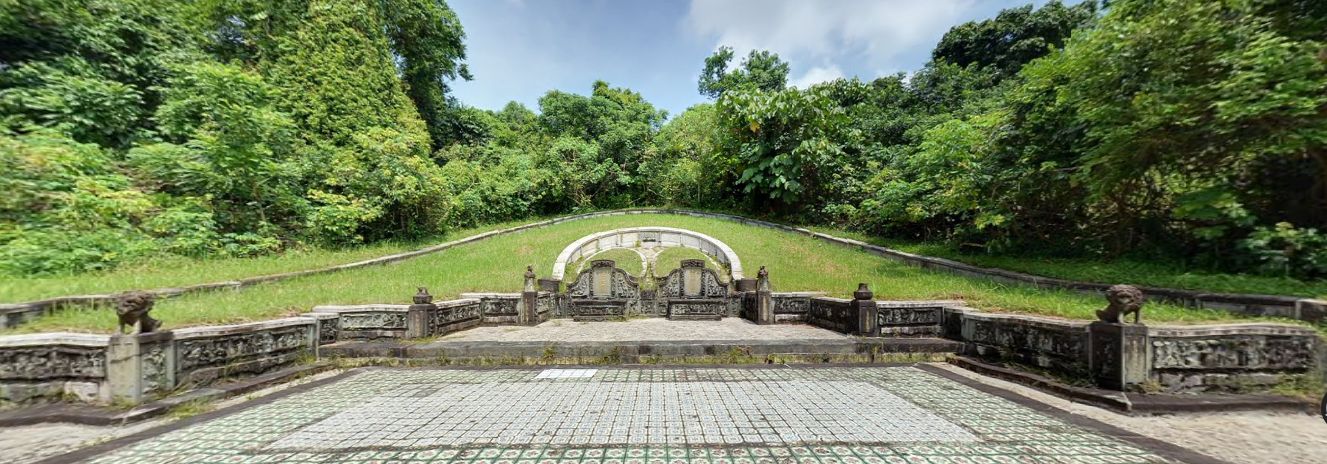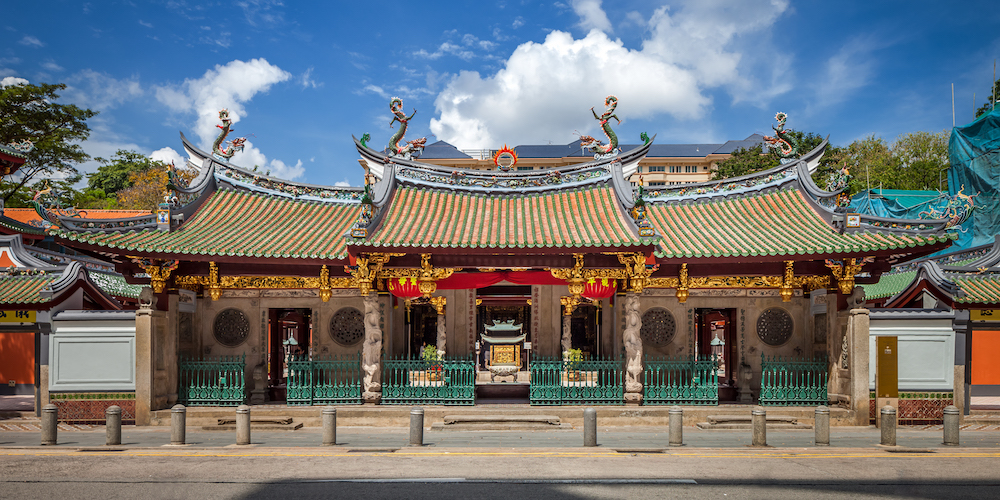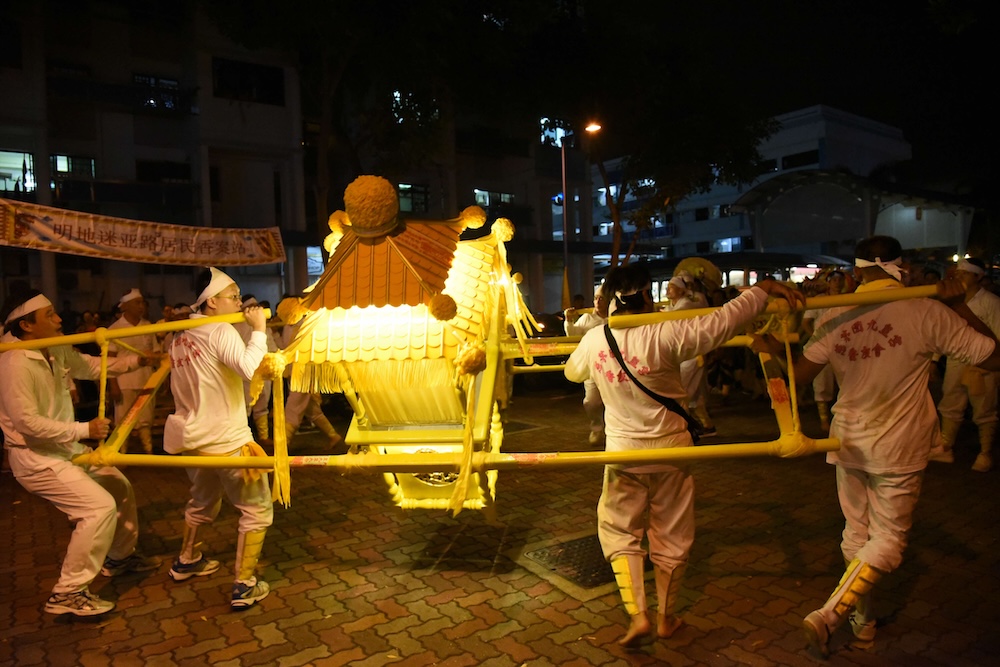Goh Chor Tua Pek Kong Temple was established in 1847 by Hokkien workers who were employed at a sugar cane estate owned by Joseph Balestier, the first American Consul to Singapore from 1836-52. Goh Chor is Hokkien for “Rochore”, the name of this area in the mid-1800s, while Tua Pek Kong (“Grand Uncle” in Hokkien) is a deity to whom Chinese in Southeast Asia worship for protection, blessings and recovery from illness.
The temple, which was renovated in 1920 and 1928, was built in a southern Chinese style and comprises a low tiled roof bearing ornate ridges. These ridges feature detailed figures of dragons, birds, fish, phoenixes and flowers created using the cut-tile technique.
A unique feature of the temple is its use of red-painted plaster to simulate terracotta wall tiles. This recalls traditional Hokkien architecture which uses red terracotta tiles or bricks for external wall decorations. Today, the temple is under the trusteeship of the Singapore Hokkien Huay Kuan.
Located next to the temple is one of Singapore’s last surviving permanent wayang (Chinese opera) stages. The stage was built in 1906 by Tan Boo Liat, a Hokkien businessman and philanthropist. It is still used by opera troupes who perform here during festivals such as Zhong Yuan Jie (Hungry Ghost Festival).




